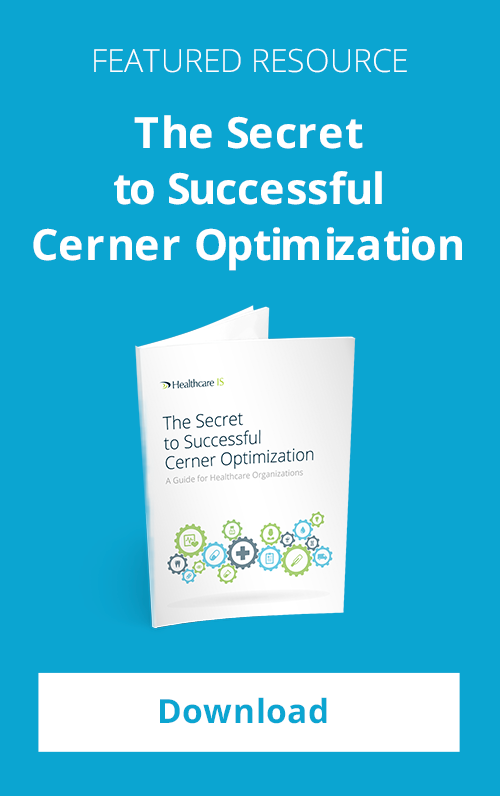This blog is the first in a series on “maintaining disparate systems.” This post reviews the terminology and definitions commonly used in healthcare information technology and, more specifically, pharmacy information technology. We live in a world of acronyms, and having a better understanding of the terminology should improve the pharmacist’s communication with the IT department and IT Vendors.
Since we’re going to discuss “maintaining disparate systems” in this series, let’s start with the definition of disparate. According to Merriam-Webster, disparate is defined as “different from each other; containing or made up of different and often incongruous elements.” In our pharmacy world, disparate systems include the pharmacy information system, unit-based cabinets, clinical information system, clinical decision support systems, smart pumps, lab systems, carrousels, or automation robots.
These disparate systems communicate with each other in various ways. Interfaced, integrated, and interoperable are three common terms used to describe the relationship within and between systems in your organization.
[Whitepaper: Pharmacist’s Perspective: Examining CPOE Future Challenges and Current Benefits]
• Interfacing: A system that utilizes methods of communication via a standard language (e.g. HL7) that allows systems to share information. An interface can communicate in one direction (unidirectional) or in both directions (bidirectional). An example of a unidirectional interface is a laboratory system sending patient lab data to the pharmacy information system. An example of a bidirectional interface is a pharmacy information system sending patient order data to the unit-based cabinet and the unit-based cabinet sending billing information back to the pharmacy information system.
• Integrated: A system having different parts working together as a unit (Merriam-Webster). An integrated system has one common database from which all modules within the system reference the same data associated with the respective workflow. For example, Epic and MEDITECH have one common database for pharmacy, the clinical documentation system, and the lab system.
• Interoperable: A system that has the ability to work with or communicate with the parts or equipment of another system. Interoperability requires that systems are individual, separate, and distinct, but are able to exchange information in a meaningful fashion (*). This is generally accomplished through standard transmission messages, such as HL7, where the sending and receiving system understands the standard message format that’s sent from each system. An example of pharmacy system interoperability might involve a retail pharmacy receiving prescription data from an inpatient hospital pharmacy system and transmitting information back to that system.
Other common terminology related to pharmacy information technology includes:
Barcode-assisted medication administration (BCMA): A methodology involving the use of scanners and software to electronically verify all medications before they’re administered to patients. These systems may also document the medication in the eMAR.
Charge Description Master (CDM): A comprehensive listing of items that could be billed to a patient, payer, or healthcare provider.
Clinical decision support (CDS): Clinical decision support systems are interactive computer programs or other tools that are designed to assist physicians and other health professionals with decision-making tasks, usually at the point of care.
Computerized provider-order-entry; alternatively, computerized prescriber-order-entry (CPOE): An electronic system that healthcare professionals can use to enter drug, treatment, and test orders, and transmit the orders directly to the department responsible for fulfilling the order.
Electronic health record (EHR): An electronic record of health-related information about an individual that conforms to nationally recognized interoperability standards and that can be created, managed, and consulted by authorized clinicians and staff across more than one healthcare organization.
[eBook: How Pharmacy Informatics and Technology are Evolving to Improve Patient Care]
Electronic medication administration record (eMAR): A version of the medication administration record viewable online and not printed.
Electronic medical record (EMR): An electronic record of health-related information about an individual that can be created, gathered, managed, and consulted by authorized clinicians and staff within one healthcare organization.
Health Level 7 (HL7): HL7 is one of several standard-setting organizations whose mission is to provide interoperability standards for EHR systems.
Medication administration record (MAR): Medication administration records usually handwritten or printed from an electronic pharmacy information system.
Pharmacy Drug Master (PDM): A listing of medications dispensed from a pharmacy information system.
Pharmacy Information Systems (PIS): Computer systems designed to meet the needs of a pharmacy department, which allow pharmacists to supervise and have inputs regarding how medication is used within a hospital.
Personal health record (PHR): An electronic record of health-related information about an individual that conforms to nationally recognized interoperability standards and that can be drawn from multiple sources while being managed, shared, and controlled by the individual.
By developing a better understanding of these pharmacy information technology definitions and terminology, pharmacists can better communicate with the IT/IS department and IT vendors.
Sources:
“Suggested definitions for informatics terms: Interfacing, integration, and interoperability”, McManus, Nemec, Ferer, Gumpper; Am J Health-Syst Pharm. 2012; 69;1163-5.
“Introduction to Hospital and Health-System Pharmacy Practice”, Holdford, Brown; American Society of Health-System Pharmacists 2010; 159-173.
- See more at: http://healthcareis.com/blog_entry/definitions_and_terminology___pharmacy_database_management.html#sthash.A5MQBuiI.dpuf



Comments